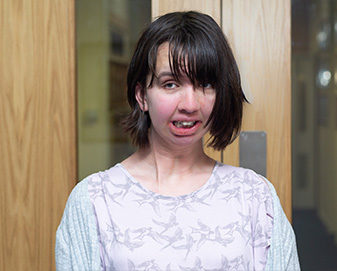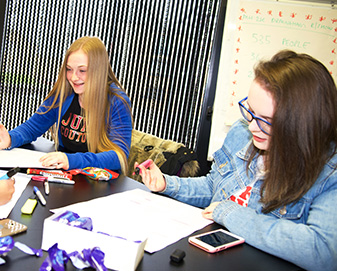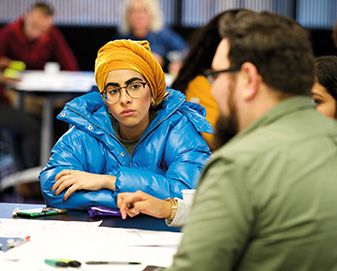Social Media
To-date MH:2K has not looked in detail at what mentally healthy social media platforms would be like. Nonetheless its Citizen Researchers have made the following recommendations. Other recommendations relating to social media can be found under the schools, professionals, families and communities themes.

Young people can feel overly confident when bullying online. They are not face-to-face with the people they are hurting, and it can be hard to identify them. Young people can also feel pressure to participate in bullying to protect themselves. Reporting bullying currently takes too long. Young people want more effective measures, for example a button specifically for the purpose of reporting bullying, abuse and harmful words.
Young people want social media companies to make accounts automatically private. This would help ensure sure that young people understand that they are fully responsible for making accounts public. There should also be more advanced privacy settings on channels such as Snapchat. For example, it should be possible to make sure certain people can only see certain posts.

Young people face pressure to conform on social media. This includes pressure to get a certain amount of likes, look a certain way, and accept social norms. Young people can fear rejection and standing out. The Citizen Researchers suggested that this can leave young people lacking a personal identity, feeling pressured to change themselves, and being easily influenced to do something that they don’t want to do. Having the option to hide followers, likes and comments would help to remove the need to conform.
Young people want social media companies to do more to protect younger children. There should be stricter age restrictions on social media. Some Citizen Researchers also advocated creating a child-friendly version of social media platforms. On these versions, blocking and reporting functions would be more obvious, and all mature and harmful content would be removed.

Young people want to have a more direct and anonymous way of communicating with professionals. This could be through their social media accounts and pages. It would enable young people to seek help on the platform that is causing them the problem.
Skip to navigation